14 Products from the Past That Promised Miracles But Delivered Nothing
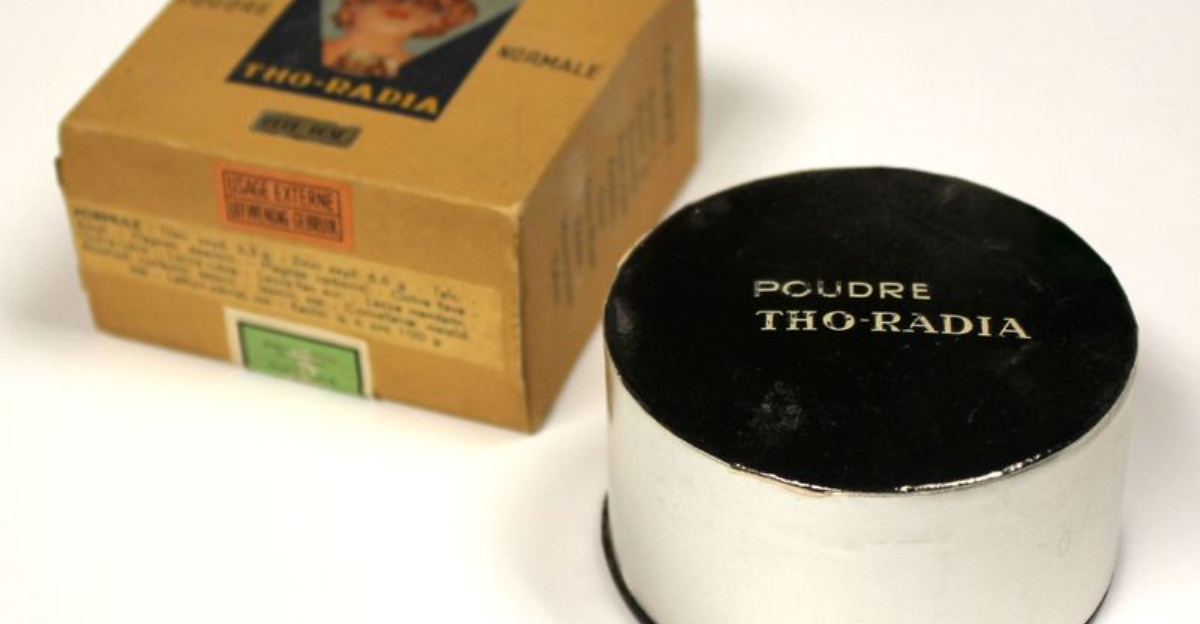
If there’s one thing history has taught us, it’s that people love a miracle cure—even when it turns out to be snake oil.
From weight-loss gadgets that defied physics to beauty treatments that looked like sci-fi torture devices, companies have long promised the impossible. Some of these products were harmless duds, while others were outright scams.
Let’s explore 15 infamous products that fooled customers and left them wondering, “Why did I buy this?”
1. The Weight Loss Sauna Belt

Advertised as a revolutionary way to shed pounds, this belt claimed to melt fat simply by heating up your midsection. The promise was that no exercise was required to achieve a slim waist. In reality, it just made people sweat excessively, leading to nothing more than temporary water loss.
Worse yet, turning the heat up too high could leave users with painful burns instead of actual weight loss. It was a heated promise with no lasting results.
2. The Flowbee (1980s–1990s)
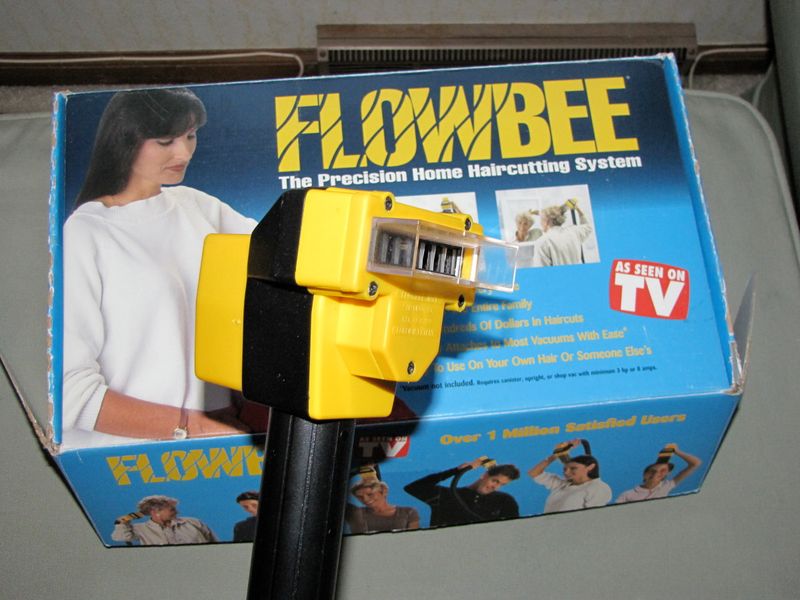
This vacuum-powered haircutting device was supposed to provide a quick, mess-free trim at home. It mimicked the precision of a professional barber but rarely delivered. Instead, most people ended up with choppy, uneven haircuts and a lot of regret.
The gadget became a pop culture punchline, though it somehow still has a small but dedicated fan base. A classic example of how promises of convenience can lead to unexpected hairstyles.
3. The Ab Energizer (1990s)
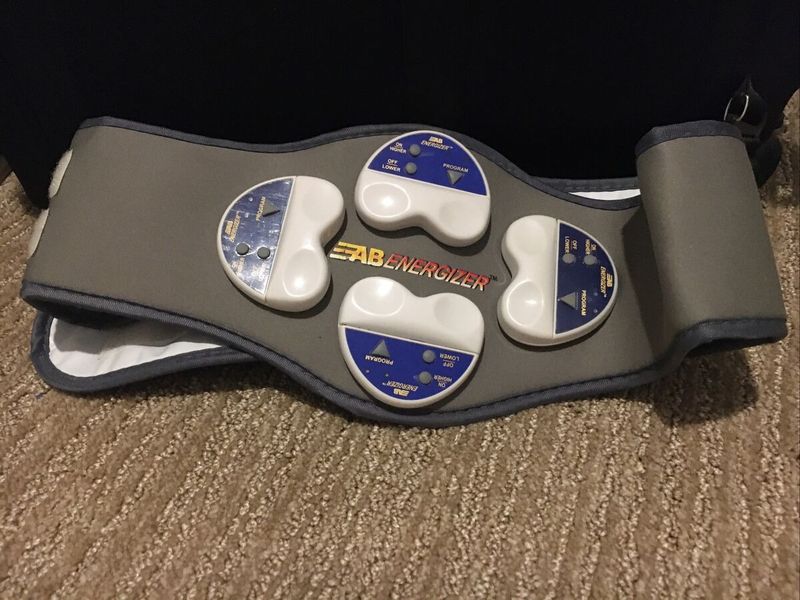
With promises of effortless six-pack abs, this electric belt sent pulses through the stomach muscles, supposedly simulating an intense workout. Rather than sculpting a dream physique, most users experienced nothing but mild electrical shocks and sore muscles.
The company eventually faced lawsuits for misleading advertising. It was a shockingly poor investment for those who dreamed of achieving fitness without the effort, leading to more pain than gain.
4. Rejuvenique Electric Facial Mask (1999)
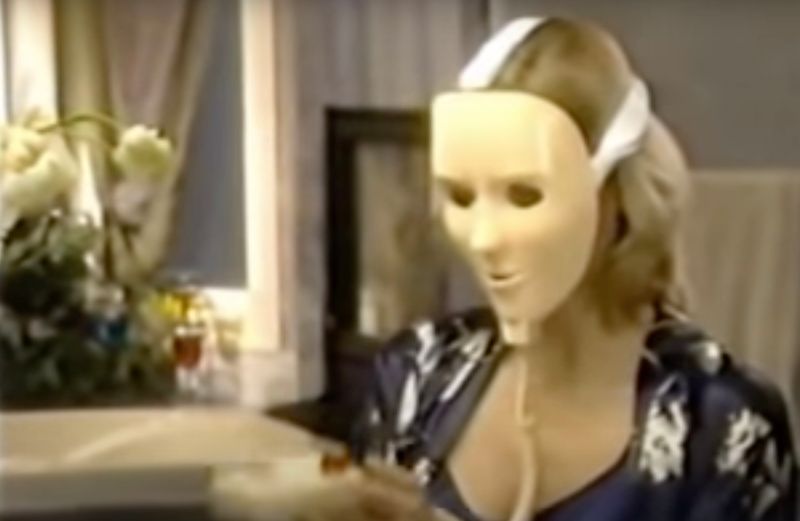
Marketed as a breakthrough in skincare, this mask claimed to lift and tone facial muscles using electric impulses. However, its design resembled something straight out of a horror film.
The “gentle” pulses felt more like small electric shocks. Instead of a youthful glow, users were left with discomfort and the unsettling feeling of wearing a sci-fi torture device.
A shocking beauty “innovation” that left users with little more than a fright.
5. The Pet Rock (1975)
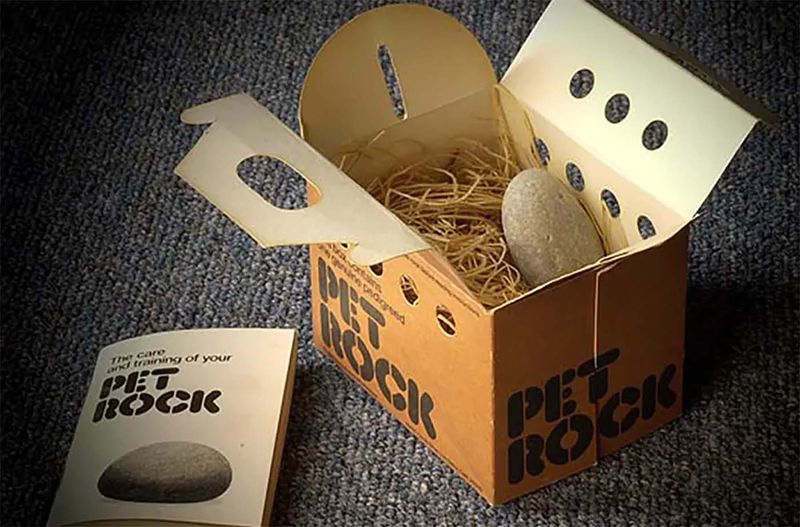
For those who wanted the joys of pet ownership without responsibility, this smooth stone in a box was sold as the perfect low-maintenance companion.
While it was nothing more than a gag gift, millions of people actually bought one. This proved that great marketing can sell even the most pointless product.
The Pet Rock became a cultural icon of the 1970s, embodying the power of novelty and simple humor in consumer culture.
6. The Shake Weight (2010s)

A simple dumbbell with an oscillating mechanism, this fitness gadget was supposed to revolutionize arm workouts with just six minutes a day. Instead, it became infamous for its awkward motion, leading to countless jokes and parodies.
While it technically provided some resistance training, its exaggerated claims were anything but scientifically sound.
The product demonstrated how fitness fads can often shake up trends more than they tone up muscles.
7. Beauty Cream With Radioactive Ingredients (1950s)

At a time when radiation was still a marvel of modern science, some beauty brands infused their products with radioactive ingredients. They claimed these would rejuvenate the skin. Unfortunately, exposure to these substances was anything but beneficial.
The products quietly disappeared as the dangers of radiation became widely understood. A glowing example of how scientific ignorance can lead to hazardous beauty practices in the pursuit of youth.
8. The Snuggie (2008)
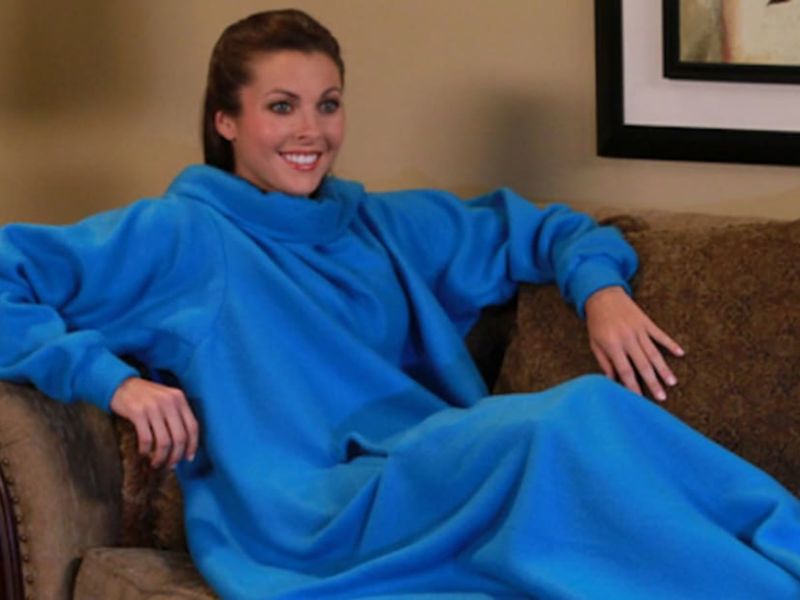
Billed as the ultimate comfort innovation, this blanket with sleeves aimed to free people from the struggles of traditional blankets. While undeniably cozy, it was essentially just a bathrobe worn backward. That didn’t stop it from becoming a massive infomercial success.
Most buyers quickly realized they already had regular blankets that worked just fine. The Snuggie became a symbol of how quirky marketing can create a sensation from simple ideas.
9. The Q-Ray Bracelet (1990s–2000s)
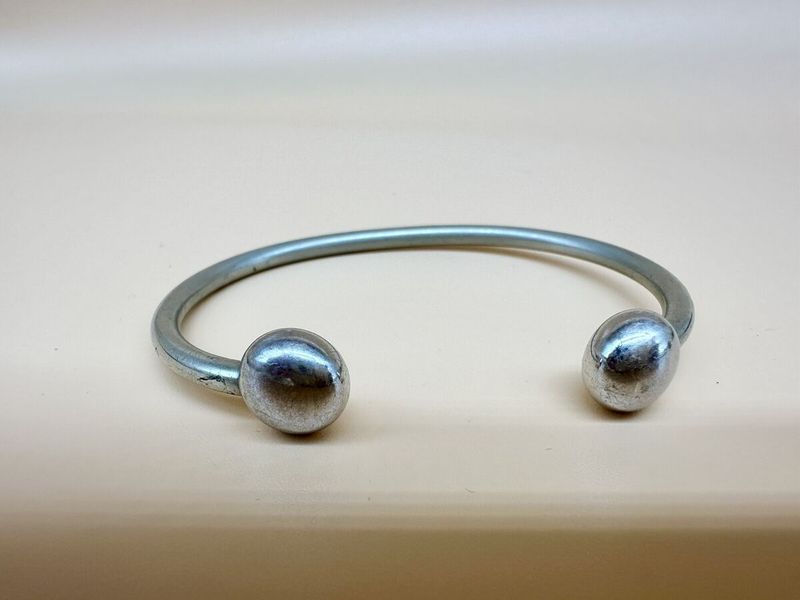
Touted as an ionized bracelet that could reduce pain and increase energy levels, this accessory became a health fad. However, no scientific evidence supported its claims, and it was eventually exposed as a complete sham.
The company faced lawsuits, and customers were refunded millions of dollars. A clear example of how health claims without evidence can lead to legal battles and customer disillusionment, while draining wallets.
10. The Banana Phone (2000s)
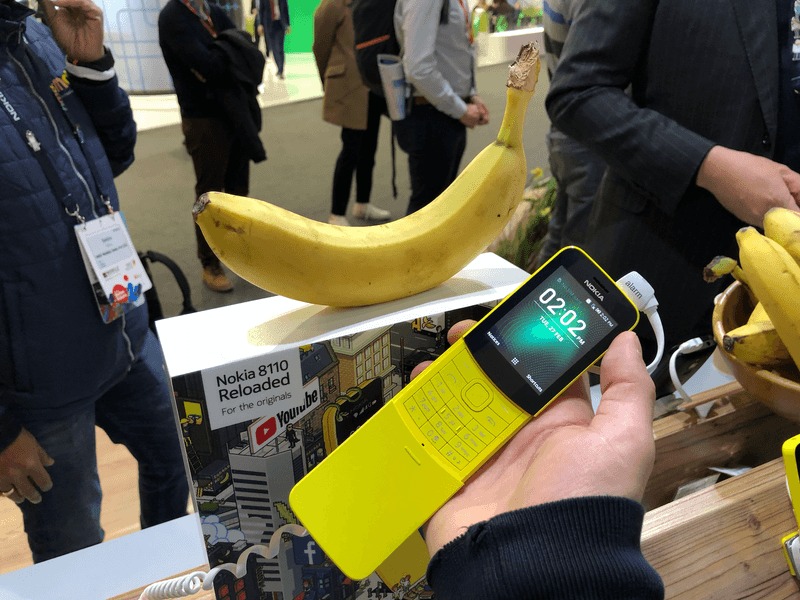
This Bluetooth headset shaped like a banana promised to add fun to everyday phone calls. While it functioned as advertised, the novelty quickly wore off for most users. Talking into a giant yellow banana in public just wasn’t as cool as the makers had hoped.
The Banana Phone became a quirky accessory that highlighted how novelty often wears thin, leaving users wondering about their fruity investment.
11. The Hollywood Diet (1990s–2000s)

Claiming to help people drop ten pounds in two days by drinking a special juice blend, this fad diet became a hit. The drastic weight loss was nothing more than water depletion, and the pounds returned as soon as normal eating resumed.
Despite the lack of lasting results, the product had a loyal following for years. It exemplified the allure of quick fixes in diet culture, often leaving dieters no lighter in the long term.
12. The ThighMaster (1990s)
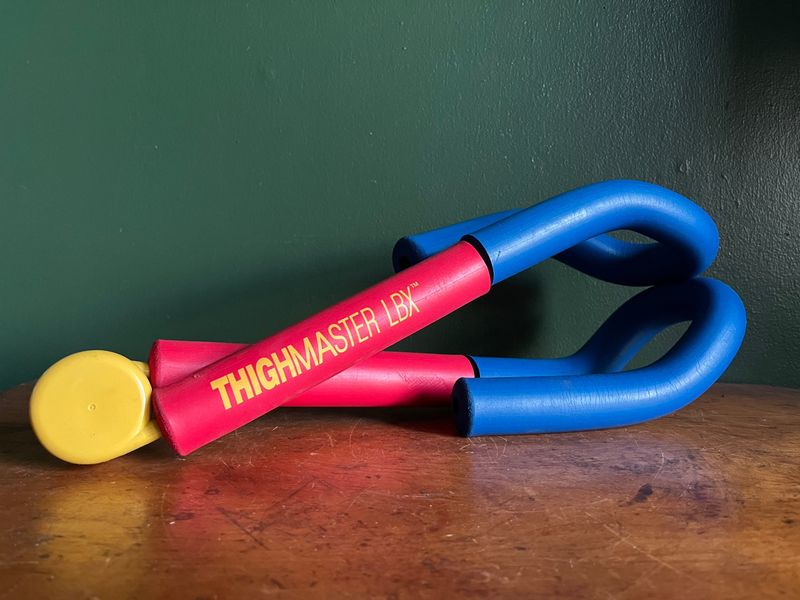
Made famous by infomercials, this spring-loaded gadget promised to tone thighs effortlessly. While squeezing it repeatedly did work the muscles, the idea that it would magically eliminate fat from that area was misleading.
Spot reduction is a myth, but that didn’t stop this device from becoming one of the most recognizable fitness fads of the decade. The ThighMaster showcased how targeted marketing can shape fitness trends, despite scientific improbability.
13. Vibrating Belt Machines (1920s–1960s)
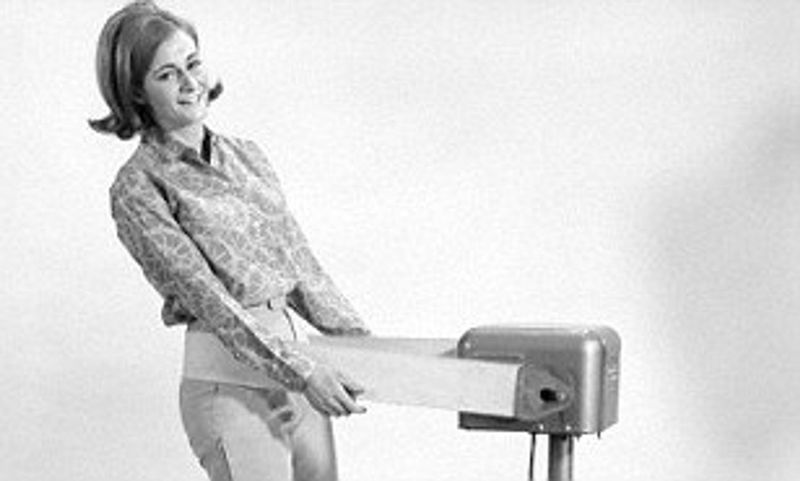
For decades, these machines promised effortless weight loss by jiggling the fat away while users simply stood still. Science eventually confirmed what should have been obvious: shaking doesn’t burn fat.
The machines became relics of outdated fitness trends, though they can still be found collecting dust in vintage gyms.
A clear example of how exercise fads can promise much but deliver little more than vibrations.
14. The Chia Pet (1980s–Present)

A quirky novelty item, this clay figurine sprouted green chia leaves that resembled hair or fur. While it technically worked, the excitement of watching tiny sprouts grow quickly faded. Most Chia Pets ended up forgotten on shelves, serving more as gag gifts than long-term decorations.
Despite its limited practical use, the Chia Pet remains a symbol of whimsical consumerism and the enduring appeal of novelty products.
